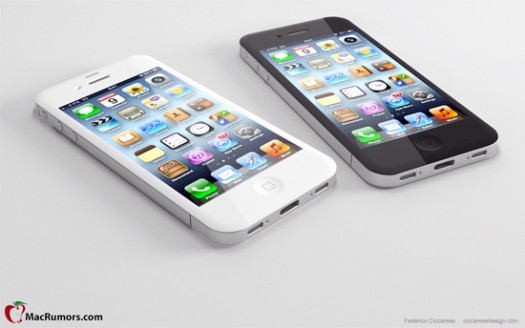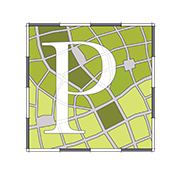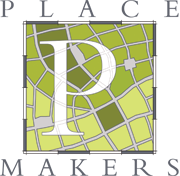A Placemaking Journal
Public Process and the Perils of Dismissive Engagement
 “What would you like to see here?”
“What would you like to see here?”
And there it is. Perhaps the most inane question ever posed in the course of a public design process. And posed it is, constantly.
“We’re doing a master plan for downtown. What would you like to see here?”
It’s crazy. In one sweeping question, practitioners not only set the stage for unmet expectations, they devalue the art and craft of urban design at the same time.
Steve Jobs famously said, “A lot of times, people don’t know what they want until you show it to them.” He didn’t mean that people are incapable of articulating their own needs and desires. He meant that they can identify things they want to be able to do, or problems they need solved, but they’re not necessarily equipped to deliver the most elegant solution.
They’ll know it when they see it.
The iPhone emerged this way, not because it was committee-crafted via focus group but because Jobs was an astute observer and a relentless innovator. He understood how to apply his passion for design to the near-universal needs and desires of our age.

This product was not a response to a focus group question asking, “What type of phone would you like to see?”
When we ask, “What would you like to see here?”, we suggest that all ideas have comparable merit. That they’re all equally worthy of implementation, even though we know that’s not the case.
We lead people to believe that if they ask for a library, there will be a library, regardless of whether or not one’s needed. Or budgeted. Or carries with it the necessary political will to become real. We draw the requested coffee shop or grocery store, with no consideration of market demand or the fact that the city plays no role in leasing decisions.
We take orders when we should be leading participants towards answers.
We actually devalue participation when we don’t solicit the information that breeds meaningful discourse. Or forces the discussion of competing interests. Or limited resources. Or property rights. In asking, “What would you like to see here?”, we simply ask for a wish list that will never be adequately fulfilled.
We need to do better. We need to more effectively play the role of psychoanalyst, drilling down to information that’s actually useful: What kinds of things would residents like to be able to do? What problems would they like mitigated? What potential byproducts of change are they afraid of? How can your city better serve you?
These are the questions that lead to meaningful design criteria. Which is what breeds meaningful design.
Most people are not experts in design. But they are experts in their own lives. Understanding their wants, needs and concerns, and then addressing them through responsive, reality-based design, is ultimately what the public process should be set up to do.
What do you think? What techniques have you used to transcend the lip service of “What would you like to see here?”
If PlaceShakers is our soapbox, our Facebook page is where we step down, grab a drink and enjoy a little conversation. Looking for a heads-up on the latest community-building news and perspective from around the web? Click through and “Like” us and we’ll keep you in the loop.


